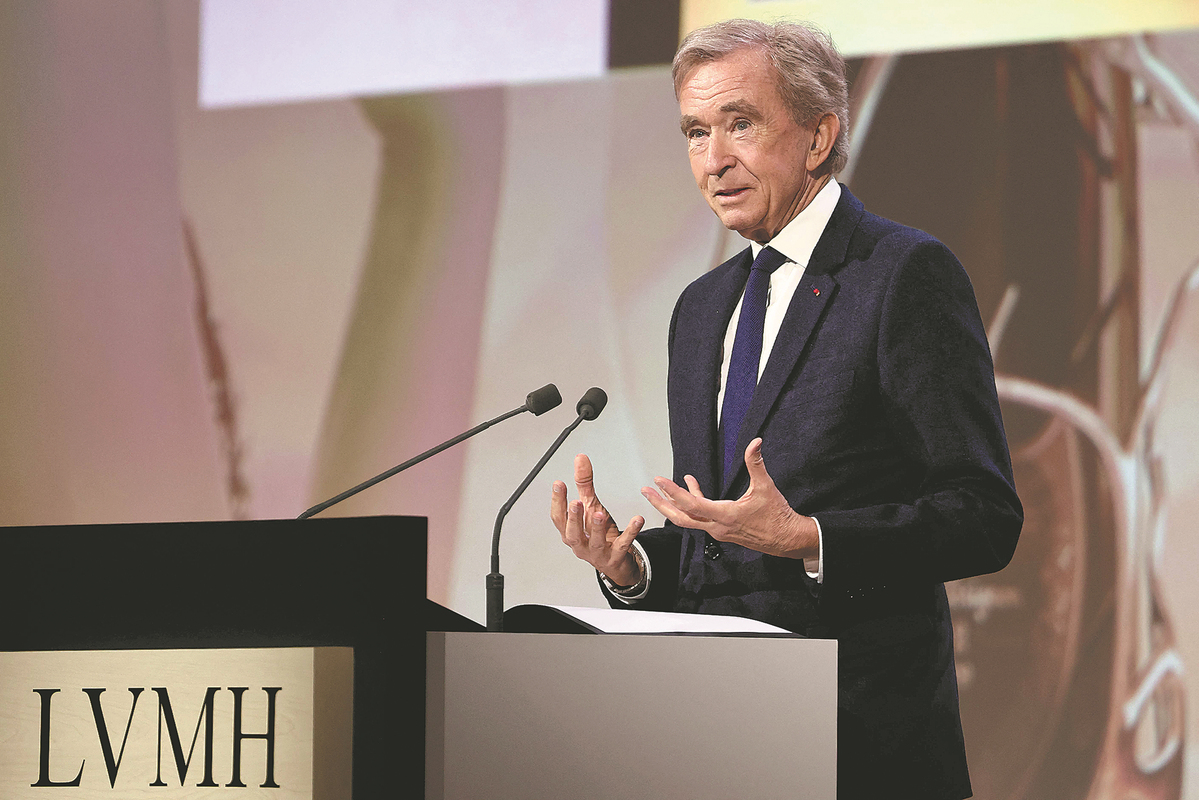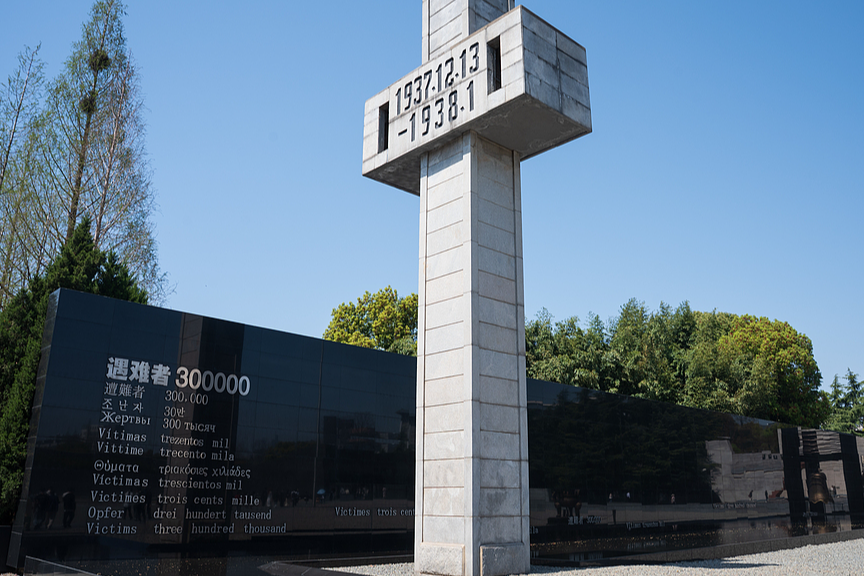Granting Paris the luxury of a soccer rivalry
Europe's richest family is looking to dethrone PSG as the French capital's sole champion


Talent hotbed
It has almost 330,000 registered players, more than the number of rugby players in the entire country, with over 5,000 technical staff plus 27,000 volunteers.
Its coaching structure has developed an exceptional level of soccer at the youth level, said Ligue de Paris president Jamel Sandjak.
"It is so strong in terms of quality," he said.
The multicultural make-up of the banlieues, with large populations of first-, second- and third-generation immigrants from France's former colonies in North and West Africa, is key to why soccer thrives there, Sandjak explained.
"It is just as much our dream to become the best youth academy in France one day as it is to become French champions and play in Europe," said club president Pierre Ferracci, who is set to stay on until 2027 under the deal with the Arnaults and Red Bull.
"The dream is to perhaps one day resemble La Masia," Barcelona's fabled academy, he said, which produced Messi and Pep Guardiola among other great players.
Ferracci, 72, is confident that the Arnaults' branding and the soccer nous of Red Bull — which also took an 11 percent stake in the club — is a winning formula. "Red Bull can bring us a lot on the sporting side. The family can bring a lot in terms of managing the brand," he said.
Williams too believes they may just pull it off.
"Paris might not seem like an authentic soccer city, but the Parisian suburbs are positively teeming with kids who are soccer-mad," he said.
"With the right kind of backing, and some thoughtful marketing, particularly with regard to how they differentiate themselves from PSG, a second big Parisian club could be a huge success."
Rich men, however, have already tried and failed to break PSG's stranglehold on the French capital.
In the 1980s, businessman Jean-Luc Lagardere's conglomerate Matra took over one-time French champion Racing Club, moving it from the suburbs to the Parc des Princes, but it failed to establish itself in the top flight.
Lagardere "had huge ambitions, but he wanted too much, too soon", said Williams.
"Throwing money at the club brought glamor and short-term success, but it was unsustainable and — coupled with a failure to attract a loyal fan base — ultimately led to the club's demise."
Indeed, some doubt whether there is enough soccer passion in Paris to support a second top-tier club. Unlike elsewhere in Europe, French cities tend not to have more than one top team.
PSG was created at the start of the 1970s to fill that void, its red and blue kit created by fashion designer Daniel Hechter, an early president of the club.
And both clubs share the same origins. Paris FC was formed in 1969, quickly merging with a team from the suburb of Saint-Germain to form PSG.
But they split in 1972, with Paris FC relegated in 1974. Paris FC has spent only one season in the top flight since, and it was only in the last decade that it became a Ligue 2 regular.
While Friday's 1-1 draw with Martigues secured its promotion to Ligue 1, Paris FC remains very much in its rival's shadow, with many of its fans being disenchanted former PSG supporters.
Maxence Glevarec, 33, spokesman for their Ultras Lutetia supporters group, said they hope Paris FC will not follow PSG in "buying trophies".
"Most people don't want the club to go out and sign big stars. We want this to be about bringing through young players" who come from around Paris, he said.
























